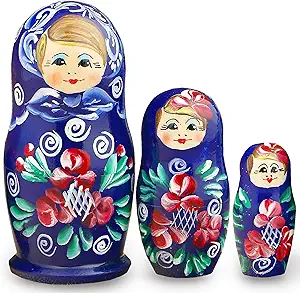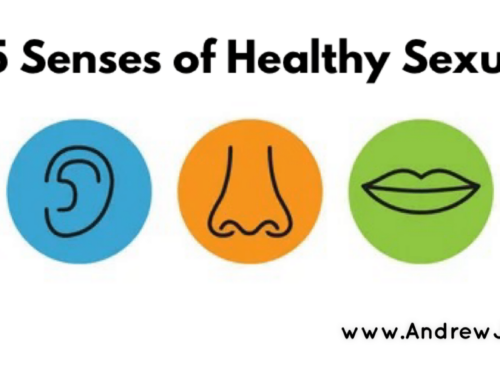In the early 80s, Therapist Pia Mellody created a helpful model to help understand trauma and treat the issues that came from it. She called this model the “Developmental Model of Immaturity.” Fast forward another decade or so, therapist and author Terry Real developed Relational Life Therapy (RLT), built on Mellody’s model and also pulled from the inspiration work of Dr. Richard Schwartz’s Internal Family Systems. Terry Real describes the parts of us as the Wounded Child/Adaptive Child and the Wise Adult. I want to tweak this model to communicate a Framework of Healing Masculinity more easily. We will call these parts of us boy, adolescent & man, and more precisely, the wounded boy, the adaptive adolescent, and the wise man. The most effective way I have seen this modeled is through nesting dolls. Each nesting doll describes a different part; the miniature doll represents our Wounded Child, the second is our Adaptive Adolescent, and the final is our Wise Man.
Understanding our past and the parts of ourselves will help us heal our trauma and see more clearly how to live differently in the future.
Understanding Our Parts – A Framework of Healing Masculinity

1. The Wounded Boy
This part of you has unaddressed core wounds from your family of origin and/or early childhood. Regardless of your story, we all have trauma, and whether it’s lowercase “t” or capital “T” trauma, our younger wounded parts need attention and care. We must not approach our more tender and young parts as rigid adults but with a tender and loving posture, stepping into that experience through the eyes of the child who went through it. We must return to the wounded boy, tend to what he needs, and offer him the care he did not receive. Remember, we cannot change the facts of our story, but we can change the meaning that our story holds.
2. The Adaptive Adolescent
This is our defensive, reactive self. Doing whatever he needs to do to survive the trauma that the wounded child suffered. This could look like being the nice guy, the tough guy, the good Christian, the politician, etc.. Pornography abuse can also be a pacifier of adolescence, eroticizing our unprocessed wounds. These adaptive behaviors are not necessarily destructive or toxic. They can look like career success, athletic prowess, or reading your bible often. Our maladaptive behaviors can take thousands of different approaches, and we must uniquely know our own story and our vows to survive it. The core reason why our adaptive adolescent shows up is to protect us from pain. These survival strategies are effective, and we continue to use them well into adulthood. The problem is that these strategies, which were intended to help protect us, are now killing us and keeping us isolated and alone.
3. The Wise Man
This is the goal of our healed masculine journey. The wise man has faced his death. He knows who he is and why he is. He has integrated his shadow and glory. The wise man knows his depravity and can never become too prideful because of that fact. This man also knows his deep goodness as an image bearer of God, so he can never be too full of self-contempt. He can continue to self-reflect and grow in humility with his newfound wisdom. His wisdom has come at the cost of his suffering, and he is now a wealthy man because he has learned how to steward his pain into new. He is in touch with his body and knows when he feels triggered or off-center. This man makes a great partner because he knows the terrain of his inner world and can ask for what he needs or take a time-out when he feels like he has relapsed into his wounded boy or adaptive adolescent leading his life instead of his wise man.
When we can make peace and integrate with all the parts of ourselves, we can fully step into who we are meant to be.






